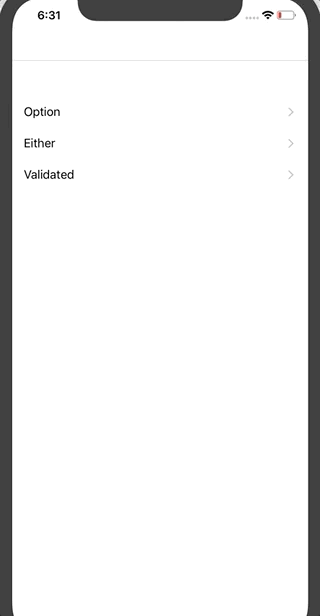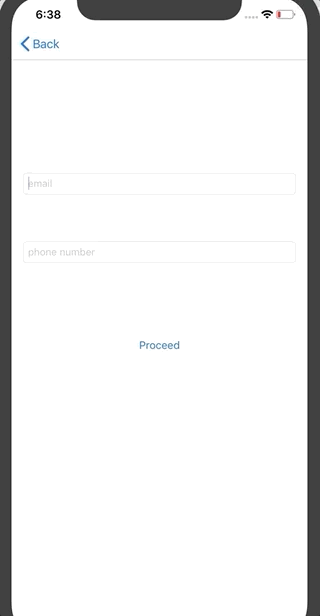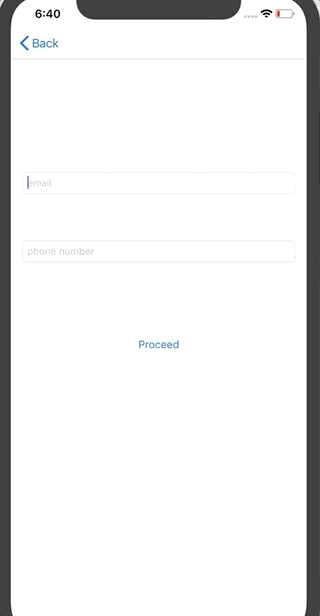Functional Validation With Bow
Important: This repository has been deprecated. Please move to -> https://github.com/Gioevi90/SampleValidation.git
This repository consists in the implementation of some examples that show how to use functional data types to perform validation of two fields in Swift. The fields we want to validate are an email field and a phone number field.
To reach my goal I used Bow (https://github.com/bow-swift/bow), a framework that provides useful things to do functional programming in swift.
Thanks to Daniele Campogiani for the support and the inspiration that gave me. This repository is based to Daniele Campogiani's Android Functional Validation repo (https://github.com/dcampogiani/AndroidFunctionalValidation).
Installation
In order to run the sample project, run the following commands in the root directory:
$ swift build
$ swift package generate-xcodeproj
Then open in XCode the Validation workspace and run the project.
Functional Data Types
The examples in code show how to perform validation with Option, Either and Validated data types.
Validation with Option
Option Data Type provides two possible values:
- none: the case in which our field is not valid
- some(_:): the case in which out field is valid, encapsulating the valid value.
Validation with Either
Either Data Type provides two possible values:
- left(_:): generally, the case in which our field is not valid, encapsulating the information relative to the error that occurred.
- right(_:): the case in which out field is valid, encapsulating the valid value.
Validation with Validated
Validated Data Type provides two possible values:
- invalid(_:): the case in which our field is not valid, encapsulating the information relative to the error that occurred.
- valid(_:): the case in which out field is valid, encapsulating the valid value.
The main difference between Validated and Either is that Validated gives me the possibility to aggregate multiple errors in a NonEmptyList of errors, so that I can use them to present multiple errors in once.


